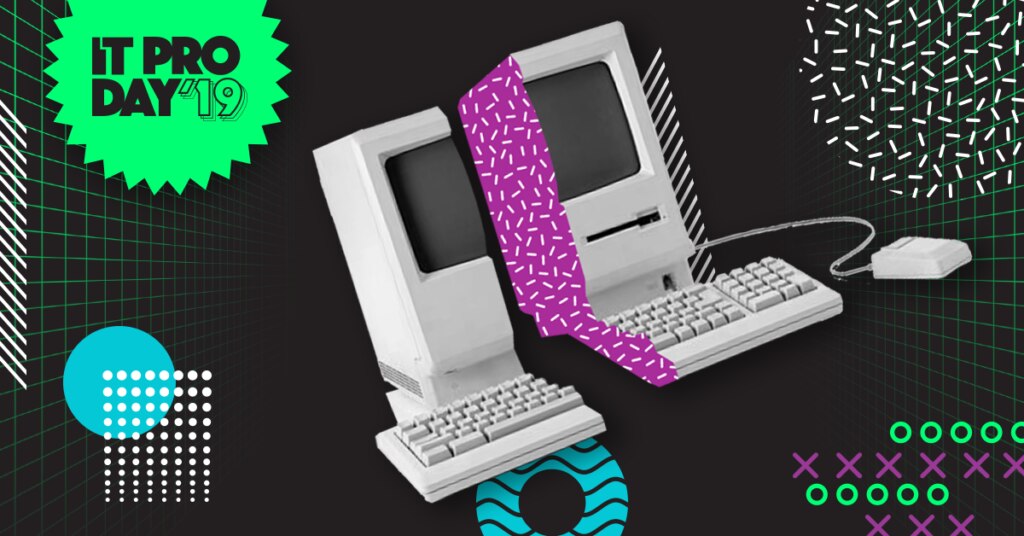Cost plays a factor in most IT decisions. Whether the costs are hardware- or software-related, understanding how the tool’s cost will affect the bottom line is important. Typically, it’s the engineer’s or administrator’s task to research tools and/or hardware to fit the organization's needs both fiscally and technologically. Multiple options are available to organizations from open-source tools, proprietary tools, and off-the-shelf tools for purchase. Many organizations prefer to either build their own
tools or purchase off-the-shelf solutions that have been tried and tested. However, the option of open-source software has become increasingly popular and adopted by many organizations both in the public and private sector. Open-source software is built, maintained, and updated by a community of individuals on the internet and it can change on the fly. This poses the question:
is open-source software suitable for the enterprise? There are both pros and cons that can make that decision easier.
The Pros of Open-source Software
Open-source software is cost-effective. Most open-source software is free to use. In cases where third-party products are involved, such as plug-ins, there may be a small cost incurred. However, open-source software is meant for anyone to download and do with as they please, to some extent based on licensing. With budgets being tight for many, open-source could be the solution to help stretch your IT dollars.
Constant improvements are a hallmark of open-source software. The idea of open-source software is that it can and will be improved as users see flaws and room for improvements. Open-source software is just that: open, and anyone can update it or improve its usage. A user that finds a bug can fix it and post the updated iteration of the software. Most large-scale enterprise software solutions require major releases to fix bugs and are bound by major release schedules to get the latest and greatest out for their customers.
The Cons of Open-source Software
Open-source software might not stick around. There’s a possibility that the open-source software your organization has hedged their bets on simply goes away. When the community behind updating the software and writing changes to the source code closes up shop, you’re the one now tasked with maintaining it and writing any changes pertinent to your organization. The possibility of this happening makes open-source a vulnerable choice for your organization.
Support isn’t always reliable. When there is an issue with your software or tool, it’s nice to be able to turn to support for help resolving your issue. With open-source software, this isn’t always guaranteed, and if there is support, there aren’t usually the kind of SLAs in place that you would expect with a proprietary enterprise-class software suite.
Security becomes a major issue. Anyone can be hacked. However, the risk is far less when it comes to proprietary software. Due to the nature of open-source software allowing anyone to update the code, the risk of downloading malicious code is much higher. One source referred to using open-source software as "
eating from a dirty fork." When you reach in the drawer for a clean fork, you could be pulling out a dirty utensil. That analogy is right on the money.
The Verdict
Swim at your own risk. Much like the sign you see at a swimming pool when there is no lifeguard present, you have to swim at your own risk. If you are planning on downloading and installing an open-source software package, do your best to scan it and be prepared to accept the risk of using it. There are pros and cons, and it’s important to weigh them with your goals in mind to decide whether or not to use open-source.





